
How to Choose the Right MCCB Circuit Breaker for Your Industrial Needs: Key Factors and Data Insights
In the ever-evolving landscape of industrial operations, ensuring the reliability and safety of electrical systems is paramount, and selecting the right MCCB circuit breaker plays a critical role in this process. According to a recent report by MarketsandMarkets, the global circuit breaker market is expected to reach USD 14.56 billion by 2025, driven by the increasing demand for renewable energy and the upgrading of aging infrastructure. MCCB circuit breakers, known for their robust performance and flexibility, serve as essential components in protecting industrial facilities from overloads and short circuits. As industries strive for enhanced efficiency and minimized downtime, understanding the key factors to consider when choosing MCCB circuit breakers becomes imperative. This guide delves into the essential criteria and data insights necessary for making an informed decision tailored to your industrial needs.

Understanding MCCB Circuit Breakers: Essential Features and Benefits
Molded Case Circuit Breakers (MCCBs) are essential components in industrial electrical systems, providing reliable protection against overloads and short circuits. Understanding the fundamental features of MCCBs can significantly impact operational safety and efficiency. First, MCCBs come equipped with adjustable trip settings, allowing for customized protection levels based on specific load requirements. This adaptability helps ensure that the circuit breaker can respond appropriately to varying conditions, minimizing the risk of equipment damage and downtime.

In addition to their flexibility, MCCBs offer significant benefits such as enhanced thermal and short-circuit protection. Many models include advanced features like electronic trip mechanisms, which provide faster response times compared to traditional thermal devices. This rapid reaction is crucial in preventing potential hazards before they escalate, protecting both personnel and valuable machinery. Furthermore, the compact design of MCCBs makes installation and maintenance more straightforward, ensuring that facilities can operate efficiently while minimizing disruptions. Understanding these essential characteristics will empower industrial operators to select the right MCCB for their specific needs, ultimately leading to improved reliability and safety in their electrical systems.
Evaluating Your Industrial Requirements: Load Types and Applications
When selecting the right MCCB (Molded Case Circuit Breaker) for industrial applications, evaluating the specific load types is crucial. Different types of electrical loads, such as resistive, inductive, or capacitive, exhibit unique behaviors under varying operational conditions.
Resistive loads, like heaters, typically draw current consistently, while inductive loads, such as motors, may surge at startup, requiring breakers that can handle these inrush currents without tripping. Understanding these characteristics ensures that the chosen MCCB can provide effective protection and prevent unnecessary downtime.
Additionally, it's essential to consider the applications in which the MCCB will be utilized. Industrial environments often involve high levels of mechanical wear and exposure to harsh conditions, necessitating circuit breakers that are robust and reliable. For instance, in environments where power fluctuations are common, a breaker with a higher fault current rating may be required. Furthermore, features like adjustable trip settings can offer flexibility for handling different load scenarios. By thoroughly assessing both load types and specific application demands, you can make an informed choice that enhances safety and operational efficiency in your industrial setup.
Key Specifications to Consider: Current Ratings, Trip Settings, and Interrupting Capacity
When selecting the appropriate MCCB (Molded Case Circuit Breaker) for industrial applications, it's crucial to closely examine key specifications such as current ratings, trip settings, and interrupting capacity. According to a recent report by the Electrical Safety Foundation International (ESFI), improper selection of circuit breakers results in approximately 25% of electrical failures in industrial settings. As such, having a thorough understanding of current ratings is essential. MCCBs typically come with a broad range of ratings, often from 10A to 1,600A. Industries with high power demands, such as manufacturing and energy, often benefit from higher ratings to effectively manage their electrical loads.
Trip settings, which determine the breaker’s response to overloads and short circuits, are another important factor. Settings can be adjusted to specifications that align with the application’s needs, typically within a range of 1.0 to 10 times rated current, depending on the breaker model. Data from Schneider Electric highlights that incorrect trip settings can lead to increased downtime and operational costs by as much as 20%. Furthermore, the interrupting capacity, or the maximum short circuit current that the breaker can handle, should be aligned with the system’s fault levels to ensure safety. Industry standards recommend that MCCBs have an interrupting capacity ranging between 10kA and 100kA, with higher capacities needed for facilities with greater fault levels. Ensuring that these specifications are thoroughly evaluated will lead to a safe and efficient electrical system in any industrial environment.
How to Choose the Right MCCB Circuit Breaker for Your Industrial Needs: Key Factors and Data Insights
| Current Rating (A) | Trip Setting (A) | Interrupting Capacity (kA) | Voltage Rating (V) | Number of Poles |
|---|---|---|---|---|
| 125 | 100 | 25 | 480 | 3 |
| 160 | 125 | 35 | 400 | 4 |
| 250 | 200 | 50 | 690 | 3 |
| 400 | 320 | 65 | 690 | 4 |
| 630 | 500 | 80 | 400 | 3 |
Data-Driven Insights: Analyzing Performance Metrics and Reliability
When selecting the right Molded Case Circuit Breaker (MCCB) for industrial applications, data-driven insights into performance metrics and reliability play a crucial role. Analyzing historical data from circuit breakers under various load conditions can provide valuable information on tripping rates, failure modes, and operational longevity. These performance metrics allow engineers to identify which MCCB models perform best in specific industrial settings, enabling them to align their choice with the unique demands of their facilities.
Reliability is another critical factor influenced by data analysis. Investigating the mean time between failures (MTBF) and the mean time to repair (MTTR) for different MCCB brands can enhance decision-making. A comprehensive understanding of how these devices respond to overloads and short circuits under actual operating conditions empowers users to select breakers that deliver consistent performance over time. By prioritizing data insights during the selection process, industries can mitigate risks associated with electrical failures and optimize their operational efficiency.
Performance Metrics of MCCB Circuit Breakers
Tips for Installation and Maintenance: Ensuring Long-Lasting Operation
When it comes to installing and maintaining a Molded Case Circuit Breaker (MCCB) in industrial settings, several critical factors must be considered to ensure a seamless and long-lasting operation. Proper installation begins with selecting the right breaker size based on the load requirements and the potential fault current. It’s essential to follow the manufacturer's guidelines closely, paying attention to environmental conditions and mounting configurations that might affect the breaker’s performance. Utilizing the correct tools and ensuring tight connections can prevent possible overheating and failure.
Regular maintenance is equally vital for the operational longevity of the MCCB. Conducting periodic inspections to check for signs of wear, corrosion, or loose connections can help identify potential issues early. Cleaning the breaker to remove dust and contaminants can also enhance functionality. Moreover, testing the trip settings in accordance with industry standards ensures that the MCCB will operate effectively under overload situations. Keeping detailed records of maintenance activities not only helps in tracking performance but is also useful for compliance with safety regulations. By prioritizing these installation and maintenance practices, industrial operators can maximize the reliability of their electrical systems.

Related Posts
-
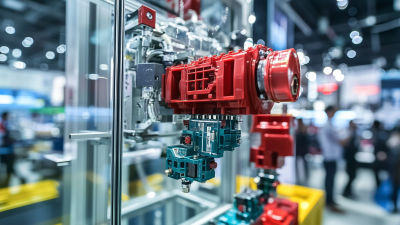
Top 10 Manufacturers of Molded Case Circuit Breakers (MCCB) in China at the 137th Canton Fair
-

Resilient Growth of Chinese-Made Best Electronic MCCBs Amidst US-China Tariff Strife: An Industry Analysis
-
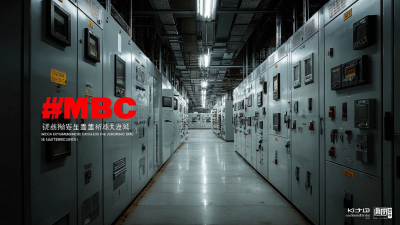
Unmatched Excellence in Manufacturing by Leading Chinese Factory for Best Electrical MCCB Solutions
-

The Ultimate Guide to Mastering Electronic MCCB for Your Industrial Applications
-

Ultimate Guide to Understanding Molded Case Circuit Breakers for Global Procurement
-

10 Amazing Reasons Why Electronic MCCBs Are Essential for Your Business

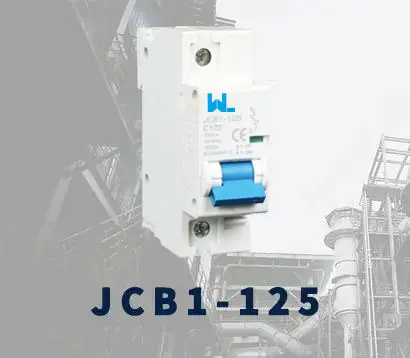 JCB1-125
JCB1-125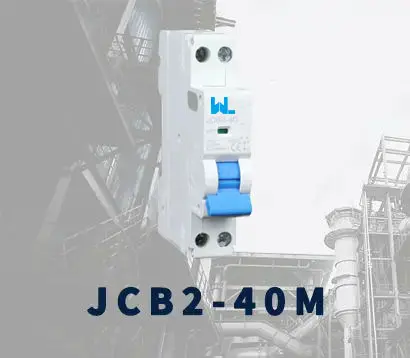 JCB2-40M
JCB2-40M JCB3-63DC
JCB3-63DC JCB3-80H
JCB3-80H JCB3-80M
JCB3-80M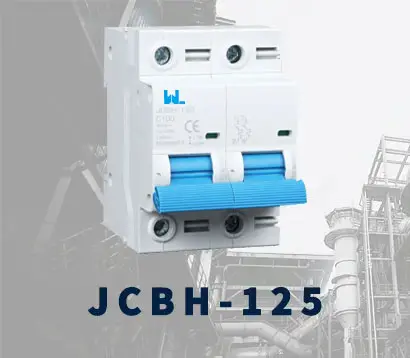 JCBH-125
JCBH-125 JC125-4P
JC125-4P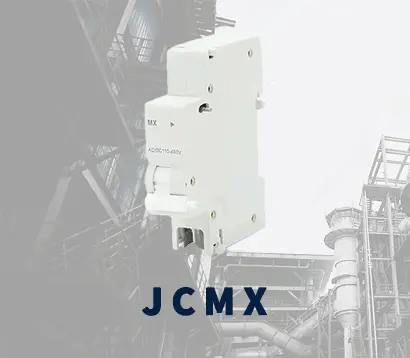 JCMX
JCMX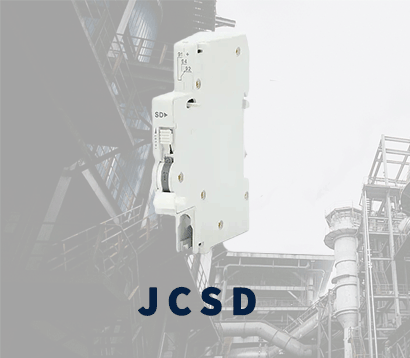 JCSD
JCSD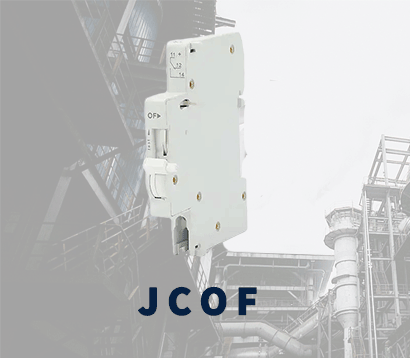 JCOF
JCOF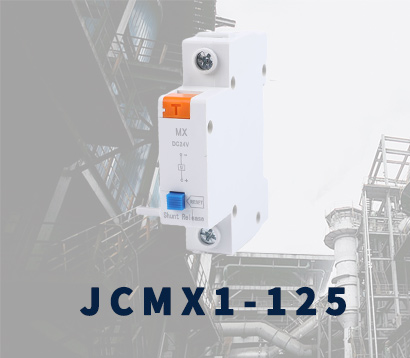 JCMX1-125
JCMX1-125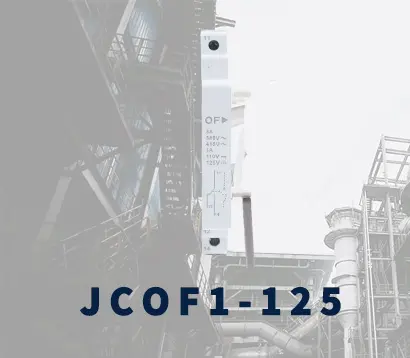 JCOF1-125
JCOF1-125 JCSD1-125
JCSD1-125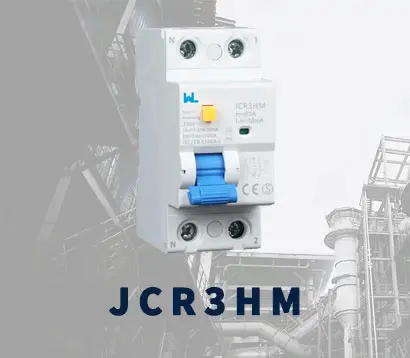 JCR3HM
JCR3HM JCRD2-125
JCRD2-125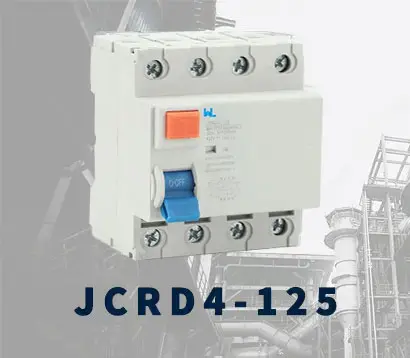 JCRD4-125
JCRD4-125 JCRB2-100
JCRB2-100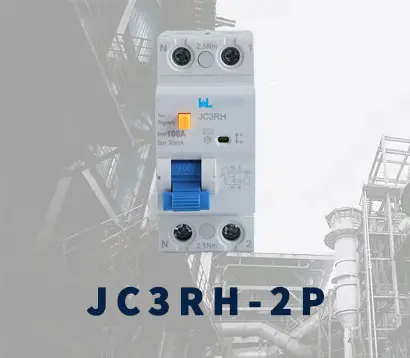 JC3RH-2P
JC3RH-2P JC3RH-S
JC3RH-S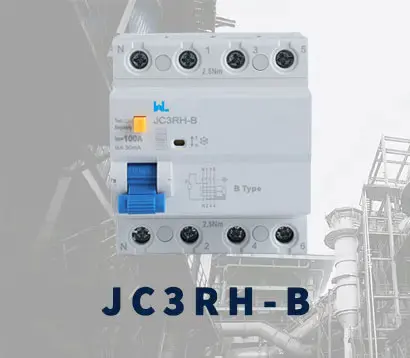 JC3RH-B
JC3RH-B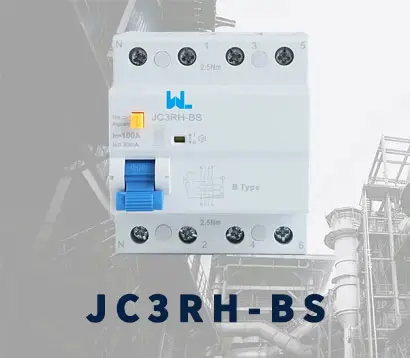 JC3RH-BS
JC3RH-BS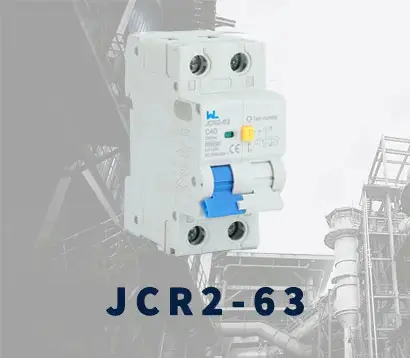 JCR2-63
JCR2-63 JCR1-40
JCR1-40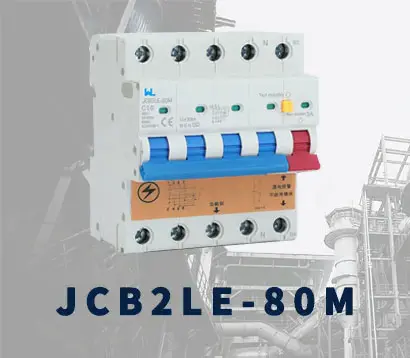 JCB2LE-80M
JCB2LE-80M JCB2LE-80M
JCB2LE-80M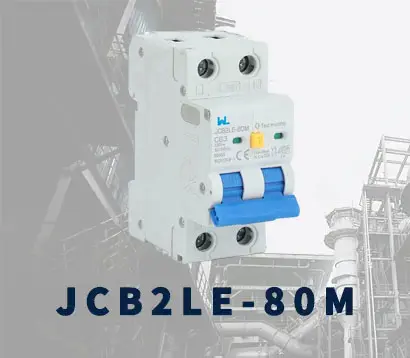 JCB2LE-80M
JCB2LE-80M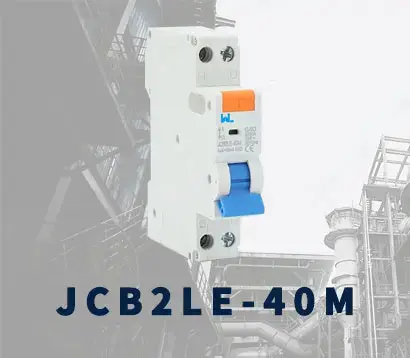 JCB2LE-40M
JCB2LE-40M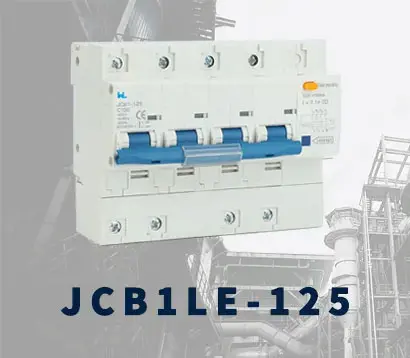 JCB1LE-125
JCB1LE-125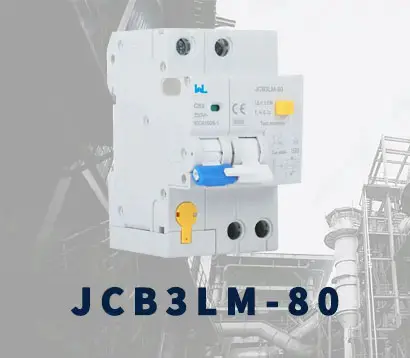 JCB3LM-80
JCB3LM-80 JCH2-125
JCH2-125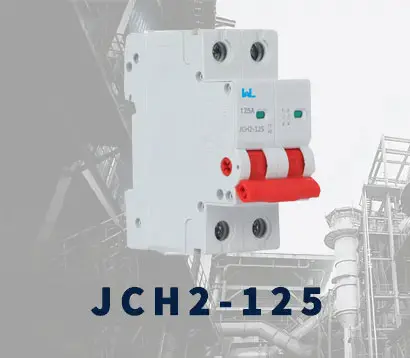 JCH2-125
JCH2-125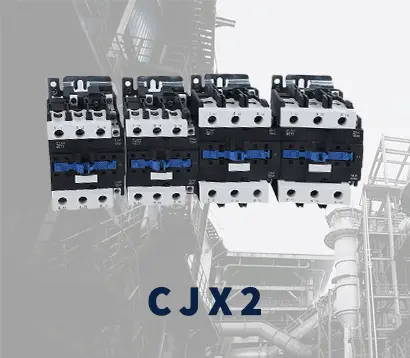 CJX2
CJX2 CJ19
CJ19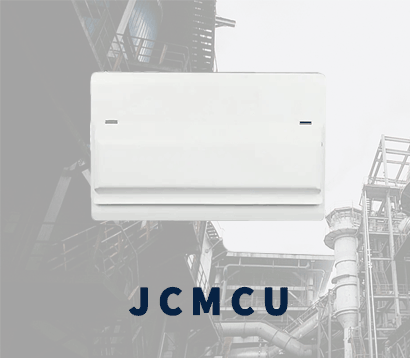 JCMCU
JCMCU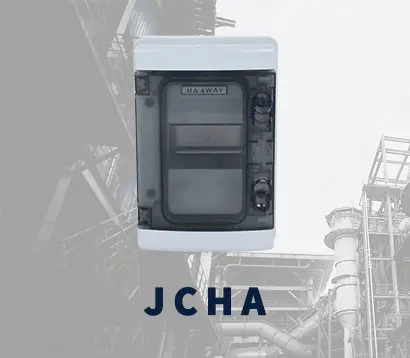 JCHA
JCHA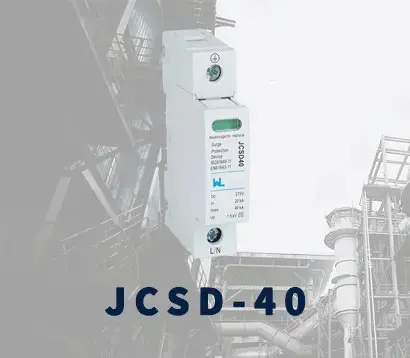 JCSD-40
JCSD-40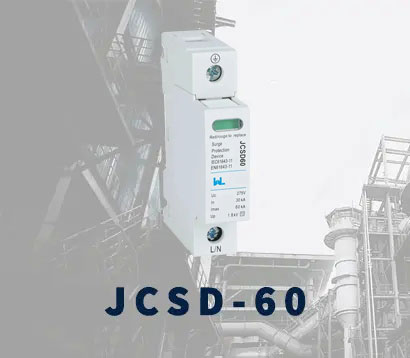 JCSD-60
JCSD-60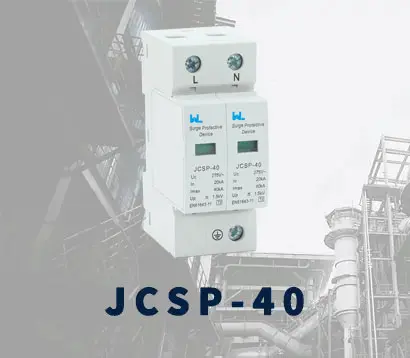 JCSP-40
JCSP-40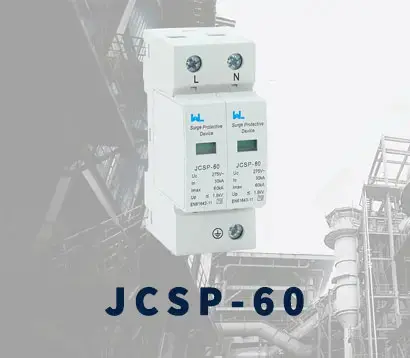 JCSP-60
JCSP-60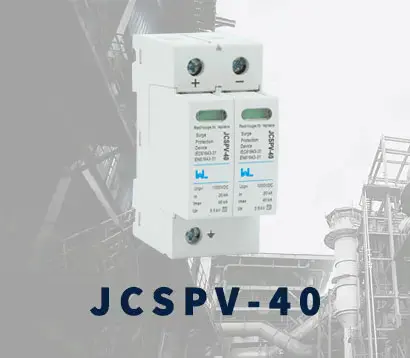 JCSPV
JCSPV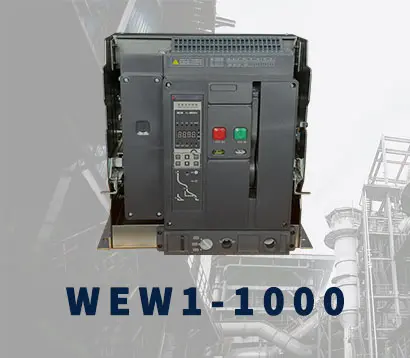 WEW1-1000
WEW1-1000 WEW1-1600
WEW1-1600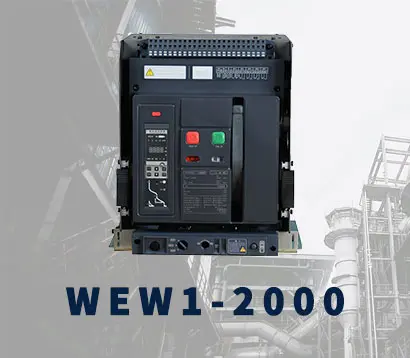 WEW1-2000
WEW1-2000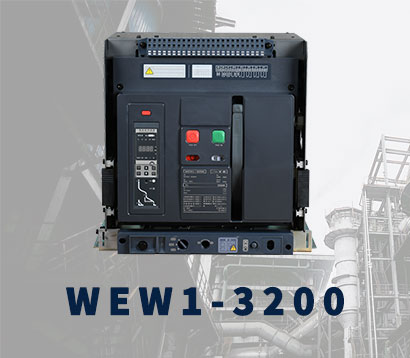 WEW1-3200
WEW1-3200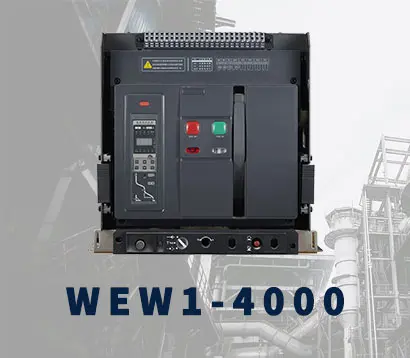 WEW1-4000
WEW1-4000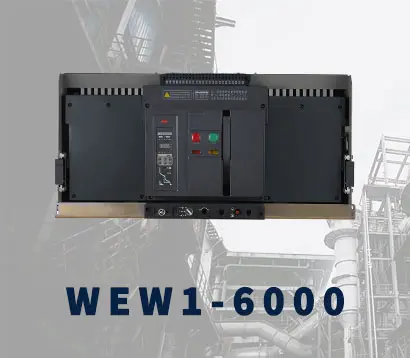 WEW1-6300
WEW1-6300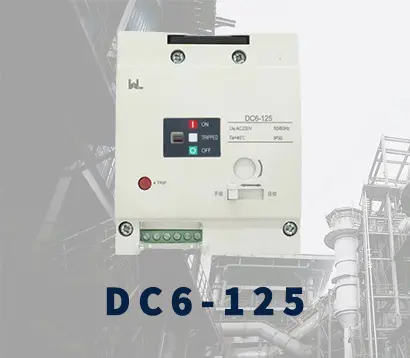 DC6-125
DC6-125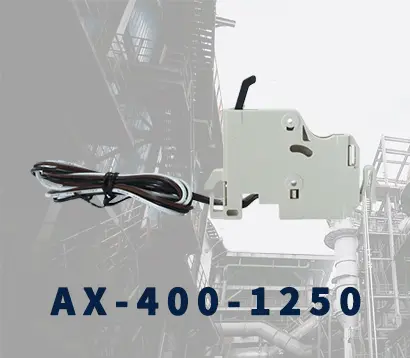 AX-400-1250
AX-400-1250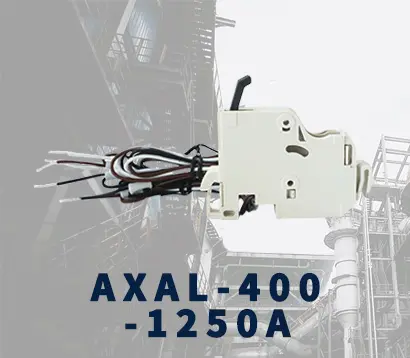 AXAL-400-1250A
AXAL-400-1250A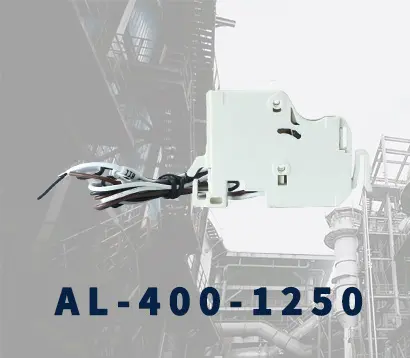 AL-400-1250
AL-400-1250 DC3-160
DC3-160 AXS-400-1250A
AXS-400-1250A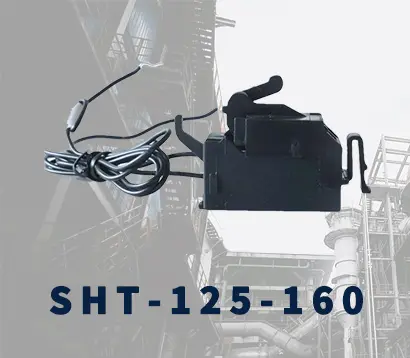 SHT-125-160
SHT-125-160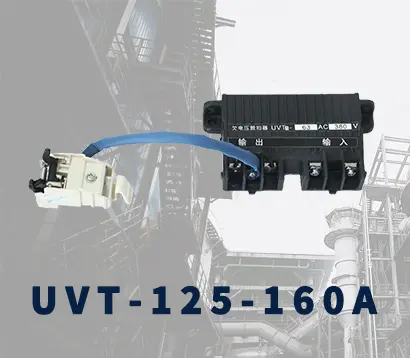 UVT-125-160A
UVT-125-160A P-250A-3P-A
P-250A-3P-A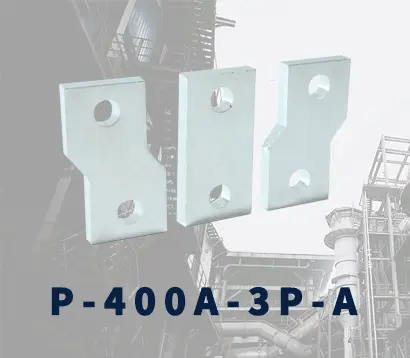 400-3P/4P terminal cover
400-3P/4P terminal cover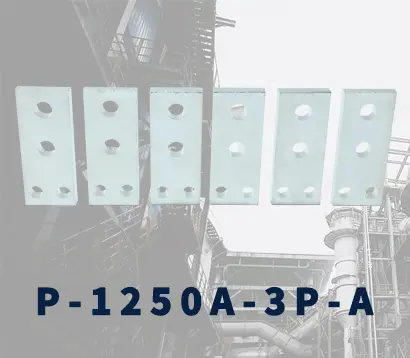 1250-3Pmccb accessories busbar
1250-3Pmccb accessories busbar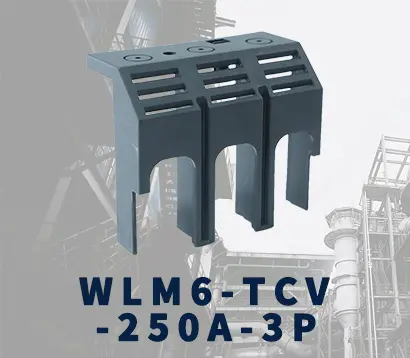 250-3P terminal conver
250-3P terminal conver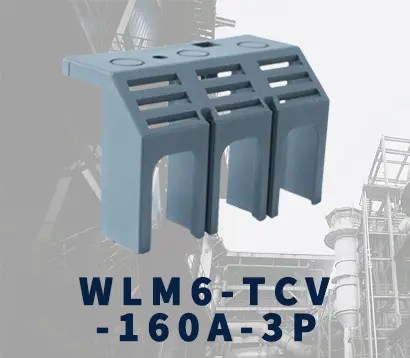 WLM6-TCV-160A-3P
WLM6-TCV-160A-3P WLM6-MIP-250A
WLM6-MIP-250A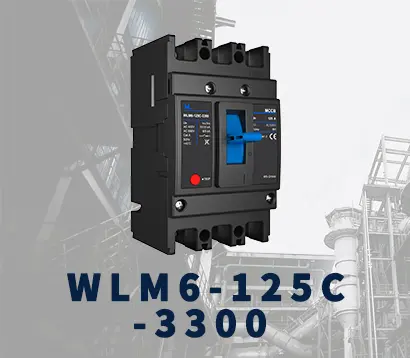 WLM6-125A-3300 3P/4P
WLM6-125A-3300 3P/4P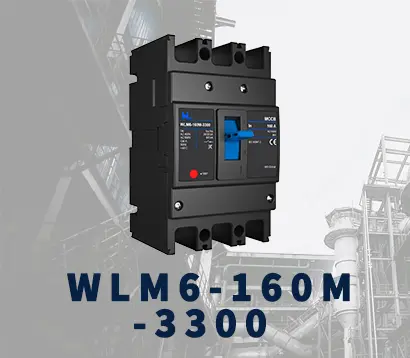 WLM6-160A-3300 3P/4P
WLM6-160A-3300 3P/4P WLM6-250A-3300 3P/4P
WLM6-250A-3300 3P/4P WLM6-400A-3300 3P/4P
WLM6-400A-3300 3P/4P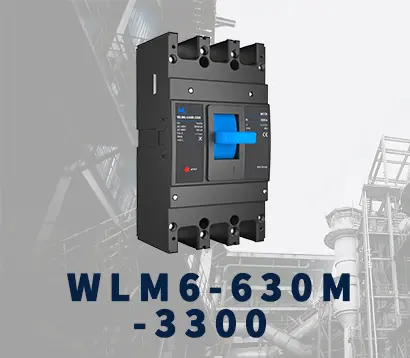 WLM6-630A-3300 3P/4P
WLM6-630A-3300 3P/4P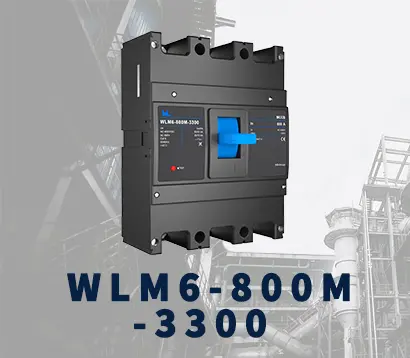 WLM6-800A-3300 3P/4P
WLM6-800A-3300 3P/4P WLM6-1250A-3300 3P/4P
WLM6-1250A-3300 3P/4P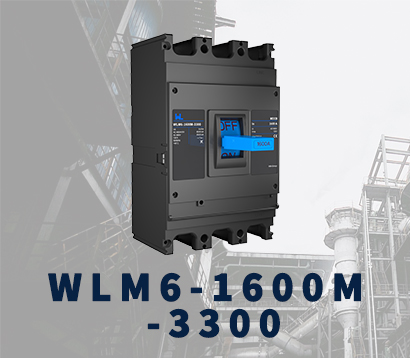 WLM6-1600A-3300 3P/4P
WLM6-1600A-3300 3P/4P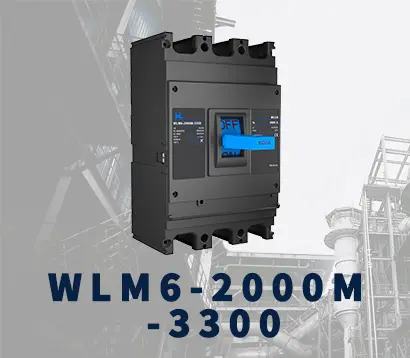 WLM6-2000A 3P/4P
WLM6-2000A 3P/4P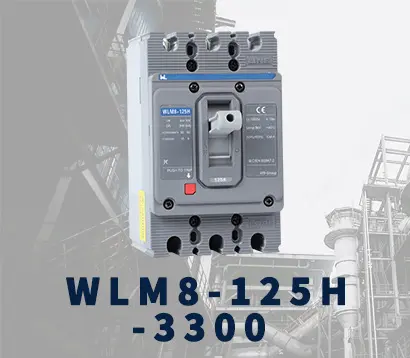 WLM8-125H-3300
WLM8-125H-3300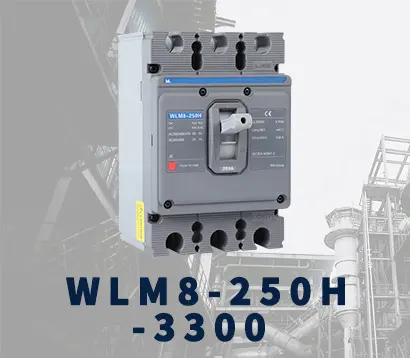 WLM8-250H-3300
WLM8-250H-3300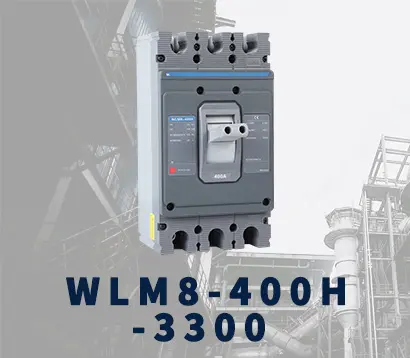 WLM8-400H-3300
WLM8-400H-3300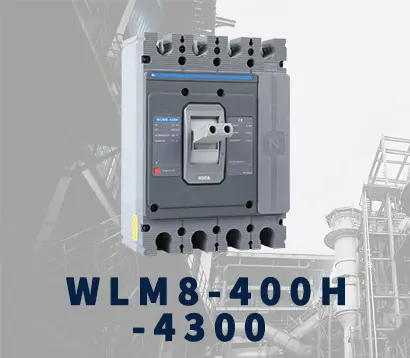 WLM8-400H-4300
WLM8-400H-4300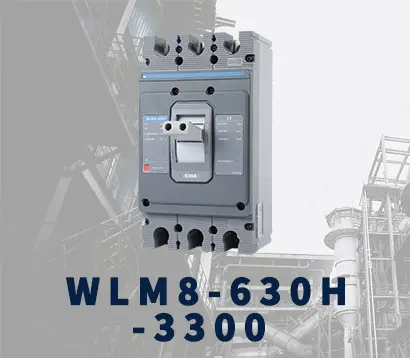 WLM8-630H-3300
WLM8-630H-3300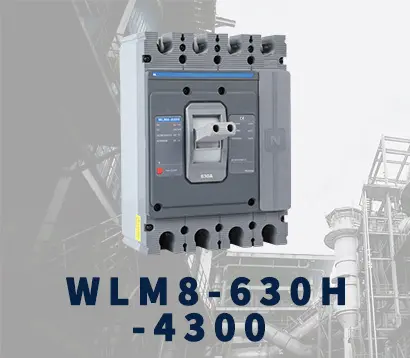 WLM8-630H-4300
WLM8-630H-4300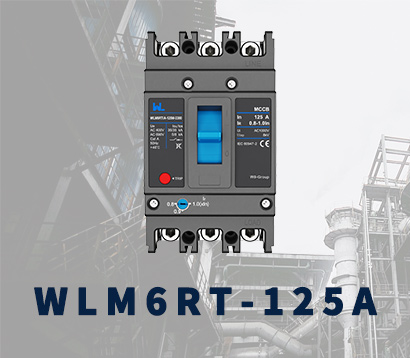 WLM6RT-125A
WLM6RT-125A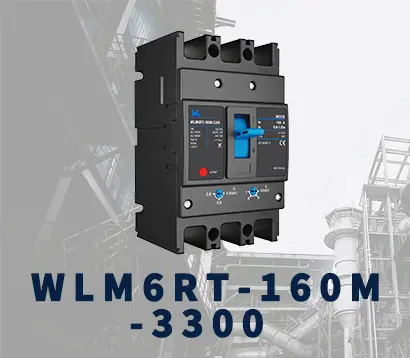 WLM6RT-160A
WLM6RT-160A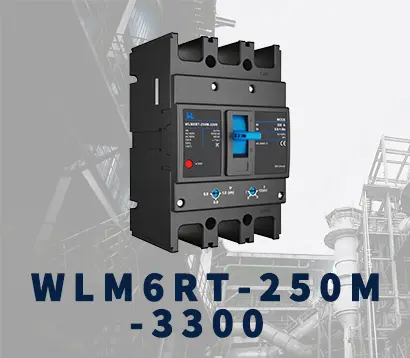 WLM6RT-250A
WLM6RT-250A WLM6RT-400A
WLM6RT-400A WLM6RT-630A
WLM6RT-630A WLM6RT-800A
WLM6RT-800A WLM6RT-1250A
WLM6RT-1250A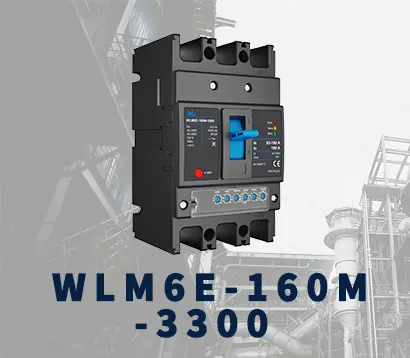 WLM6E-160A-3300 3P
WLM6E-160A-3300 3P WLM6E-250A-3300
WLM6E-250A-3300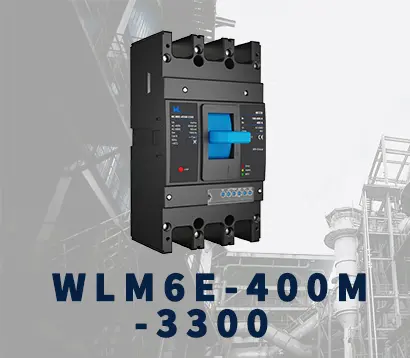 WLM6E-400A-3300 3P/4P
WLM6E-400A-3300 3P/4P WLM6E-630A-3300
WLM6E-630A-3300 WLM6E-800A-3300 3P/4P
WLM6E-800A-3300 3P/4P WLM6E-1250A-3300
WLM6E-1250A-3300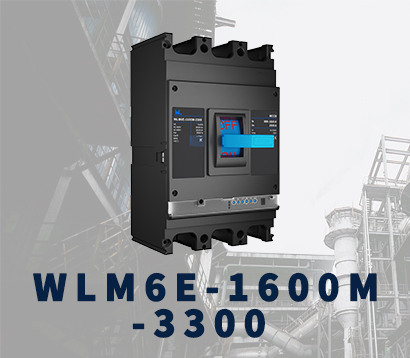 WLM6E-1600-3300 3P/4P
WLM6E-1600-3300 3P/4P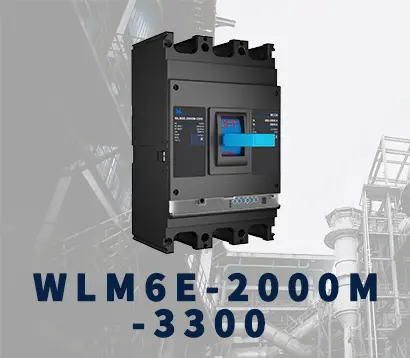 WLM6E-2000A-3300 3P/4P
WLM6E-2000A-3300 3P/4P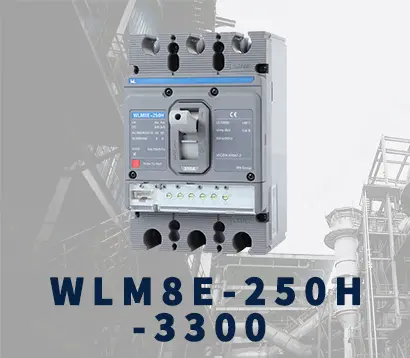 WLM8E-250H-3300
WLM8E-250H-3300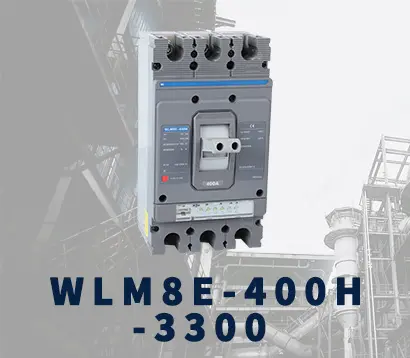 WLM8E-400H-3300
WLM8E-400H-3300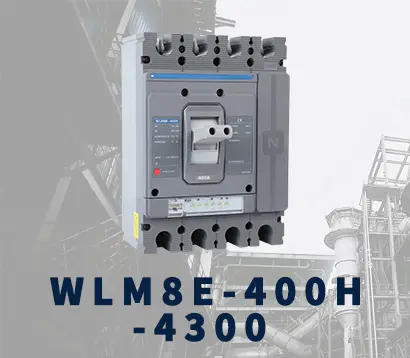 WLM8E-400H-4300
WLM8E-400H-4300 WLM8E-630H-3300
WLM8E-630H-3300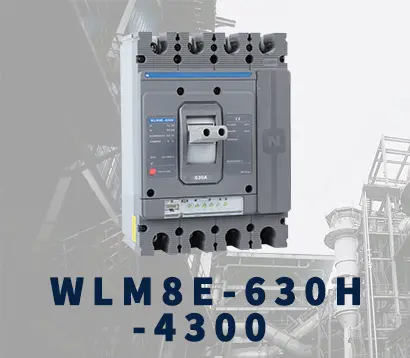 WLM8E-630H-4300
WLM8E-630H-4300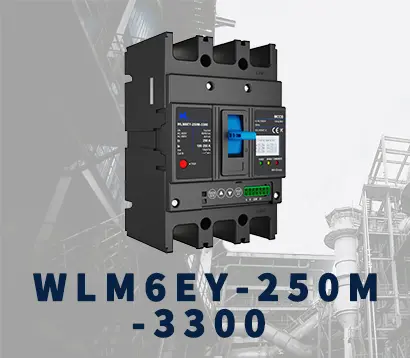 WLM6EY-250-3300 3P/4P
WLM6EY-250-3300 3P/4P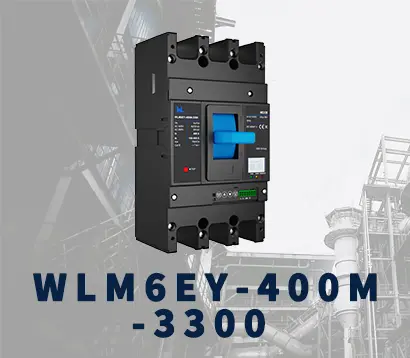 WLM6EY-400 3P/4P
WLM6EY-400 3P/4P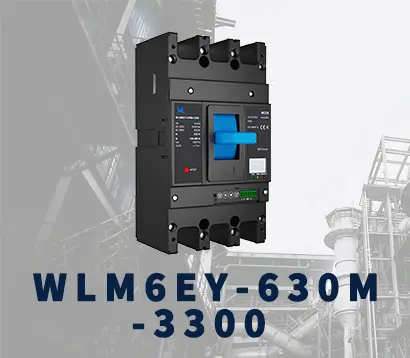 WLM6EY-630 3P/4P
WLM6EY-630 3P/4P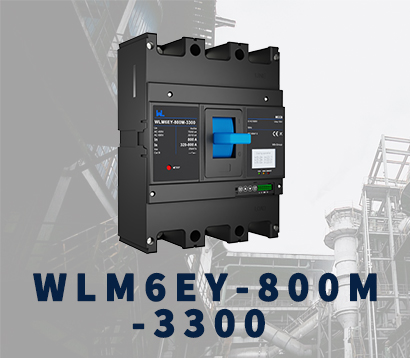 WLM6EY-800A 3P/4P
WLM6EY-800A 3P/4P WLM6EY-1250A 3P/4P
WLM6EY-1250A 3P/4P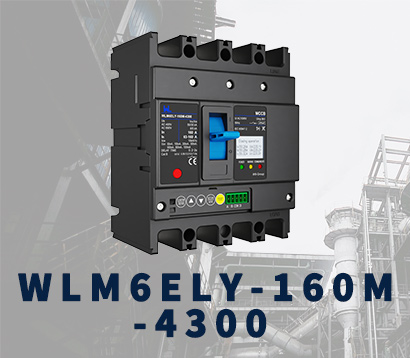 WLM6ELY-160A
WLM6ELY-160A WLM6ELY-250A
WLM6ELY-250A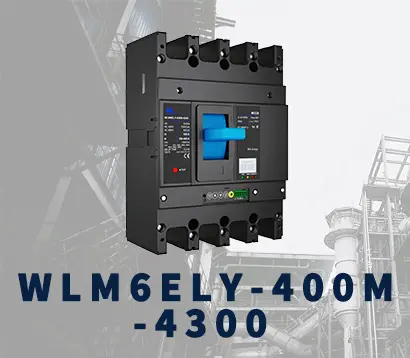 WLM6ELY-400A
WLM6ELY-400A WLM6ELY-800A
WLM6ELY-800A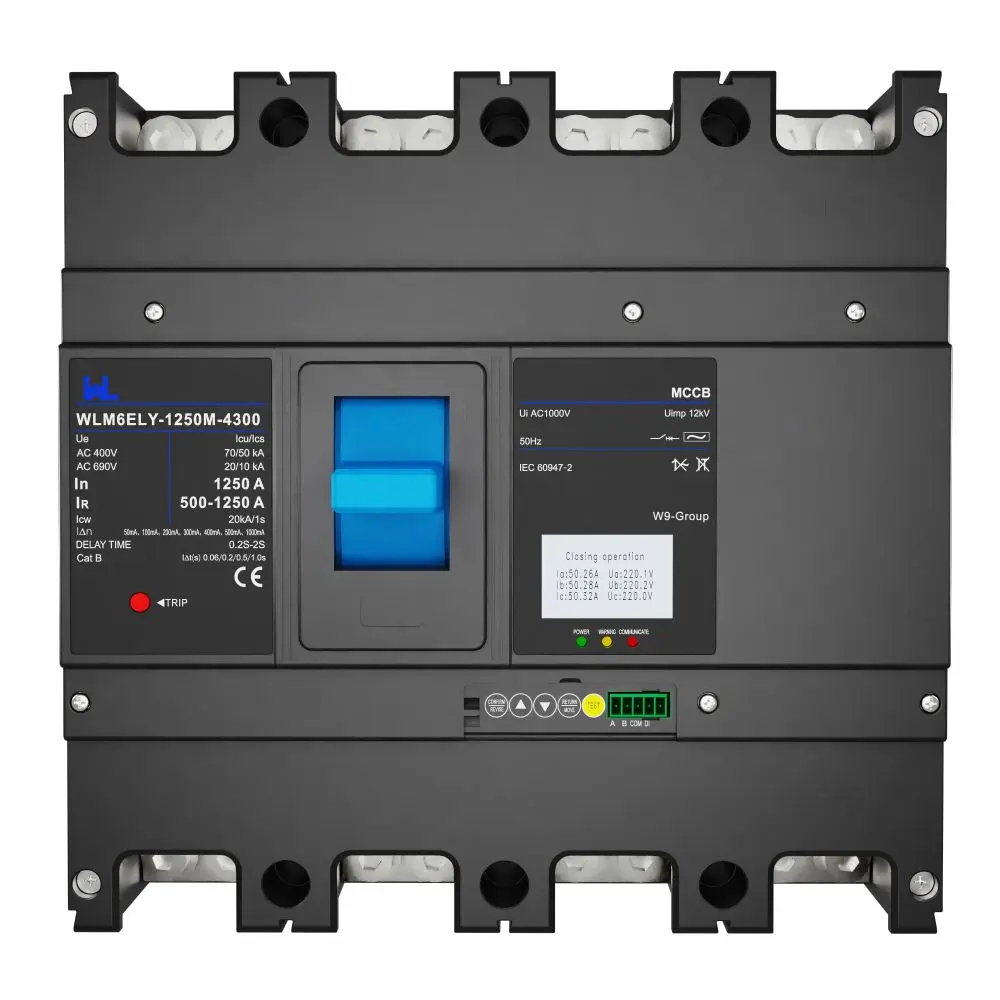 WLM6ELY-1250A
WLM6ELY-1250A WLM8EY-250H-3300
WLM8EY-250H-3300 WLM8EY-400H-3300
WLM8EY-400H-3300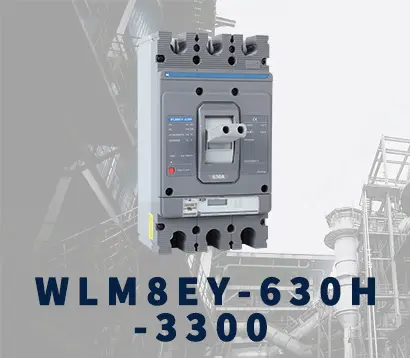 WLM8EY-630H-3300
WLM8EY-630H-3300 WLM6LY-125A
WLM6LY-125A WLM6L-160A
WLM6L-160A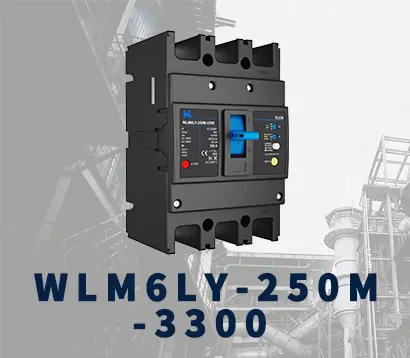 WLM6LY-250A
WLM6LY-250A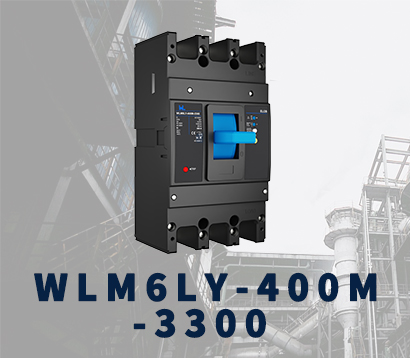 WLM6LY-400A
WLM6LY-400A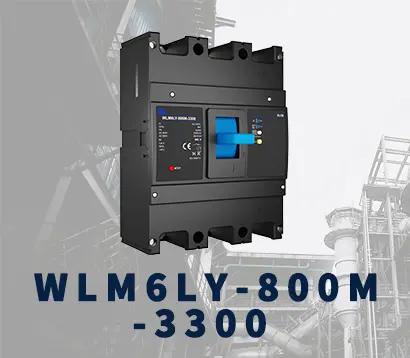 WLM6LY-800A
WLM6LY-800A WLM6LY-630A
WLM6LY-630A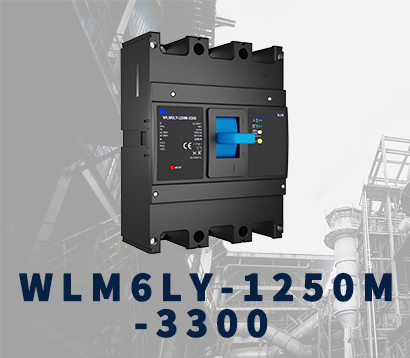 WLM6LY-1250A
WLM6LY-1250A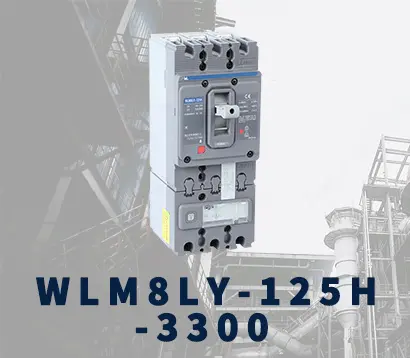 WLM8LY-125H-3300
WLM8LY-125H-3300 WLM8LY-250H-3300
WLM8LY-250H-3300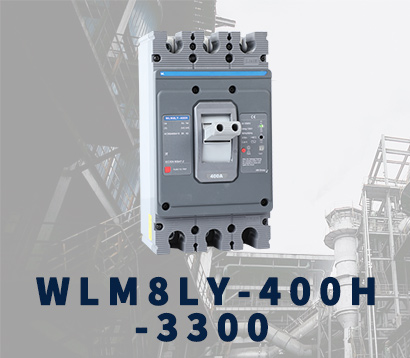 WLM8LY-400H-3300
WLM8LY-400H-3300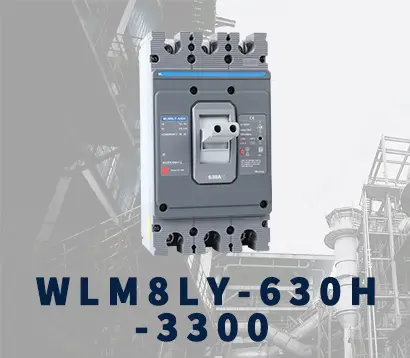 WLM8LY-630H-3300
WLM8LY-630H-3300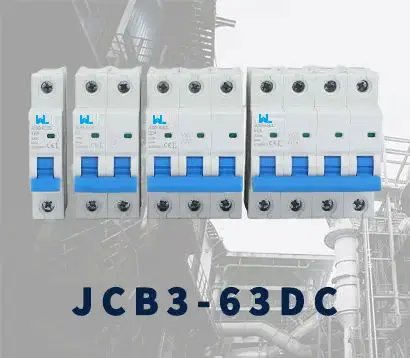 JCB3-63DC
JCB3-63DC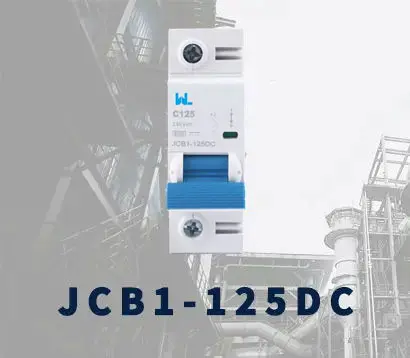 JCB1-125DC
JCB1-125DC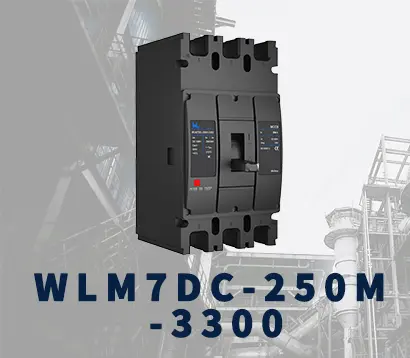 WLM7DC-250A-2300 2P/3P
WLM7DC-250A-2300 2P/3P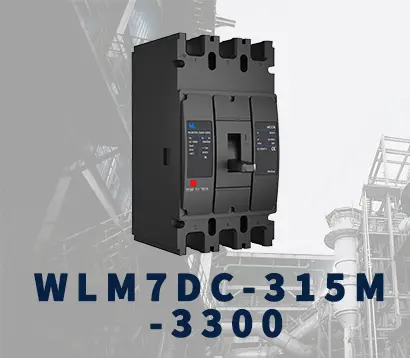 WLM7DC-315A-3300 2P/3P
WLM7DC-315A-3300 2P/3P WLM7DC-400A-2300 2P/3P
WLM7DC-400A-2300 2P/3P WLM7DC-630A-3300 3P
WLM7DC-630A-3300 3P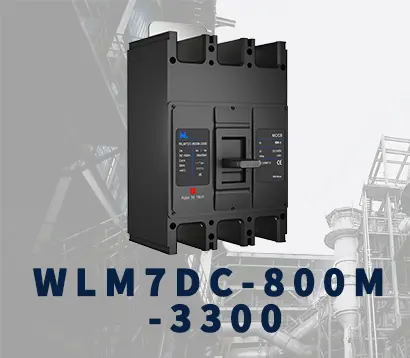 WLM7DC-800A-2300 2P/3P
WLM7DC-800A-2300 2P/3P WLM7DC-400A 2300
WLM7DC-400A 2300 WLM7DC-630A-2300 2P
WLM7DC-630A-2300 2P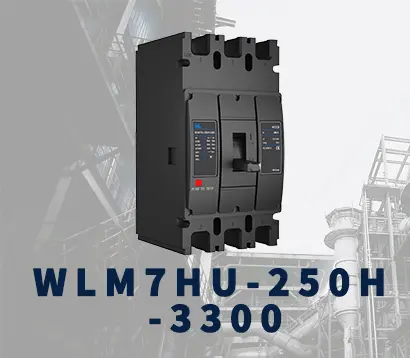 WLM7HU-250-3300 3P
WLM7HU-250-3300 3P WLM7HU-315-3300 3P
WLM7HU-315-3300 3P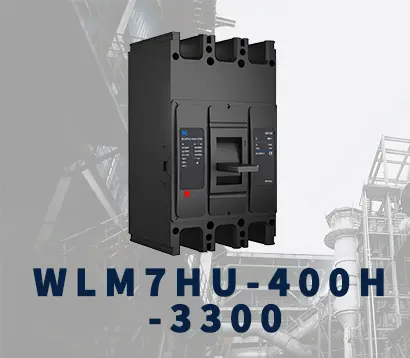 WLM7HU-400-3300 3P
WLM7HU-400-3300 3P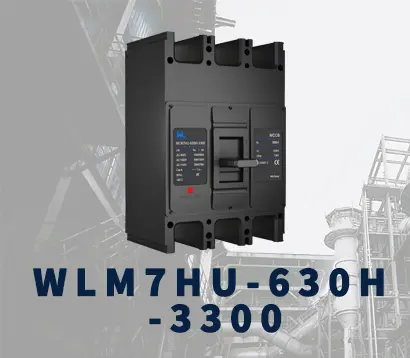 WLM7HU-630-3300 3P
WLM7HU-630-3300 3P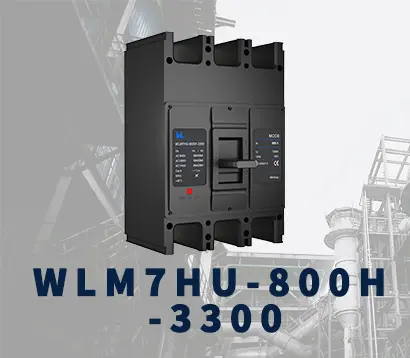 WLM7HU-800-3300 3P
WLM7HU-800-3300 3P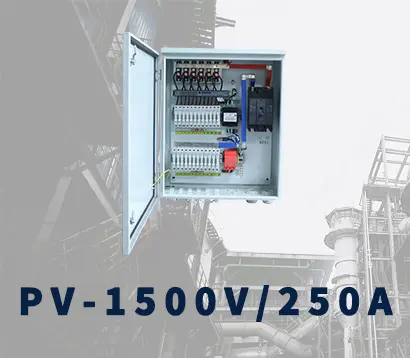 PV-1500V/250A
PV-1500V/250A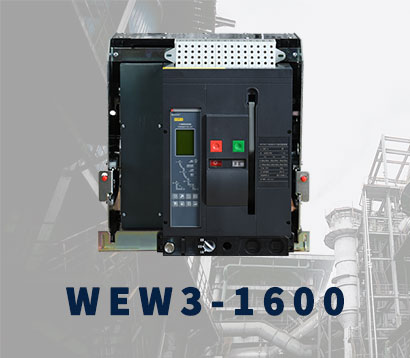 WEW3-1600
WEW3-1600 WEW3-2500
WEW3-2500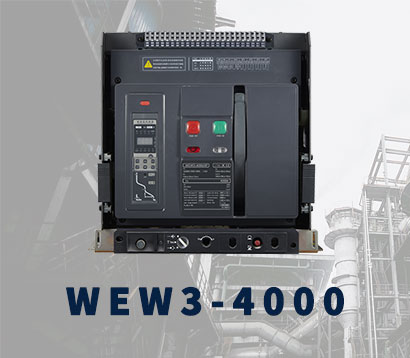 WEW3-4000
WEW3-4000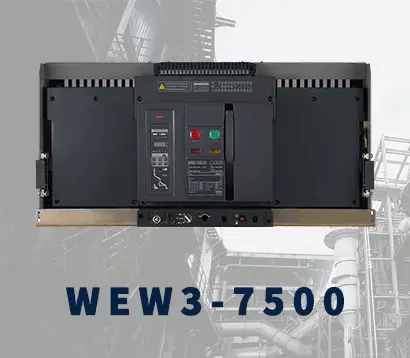 WEW3-7500
WEW3-7500



